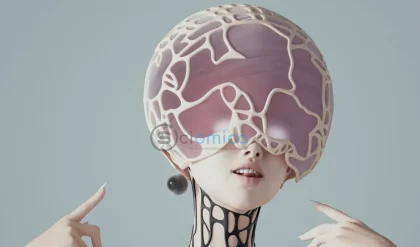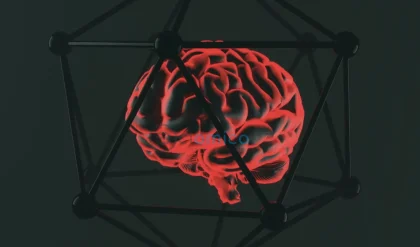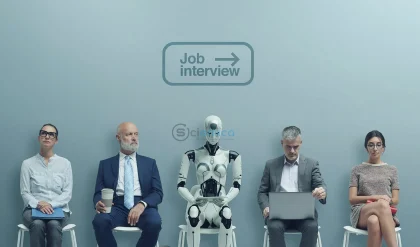Imagine a groundbreaking leap in computing technology that transcends the limitations of traditional electronics by harnessing the power of light. Researchers from Tampere University in Finland and Université Marie et Louis Pasteur in France have embarked on a revolutionary quest to process information using light and optical fibers. Their collaborative efforts have yielded promising advancements toward the creation of ultra-fast computers.
The study, spearheaded by postdoctoral researchers Dr. Mathilde Hary of Tampere University and Dr. Andrei Ermolaev from the Université Marie et Louis Pasteur, Besançon, unveils how laser light traveling through thin glass fibers can replicate the information processing capabilities of artificial intelligence (AI). Central to their investigation is a computing architecture known as the Extreme Learning Machine, which draws inspiration from neural networks.
“In our approach, we move away from conventional electronics and algorithms. Instead, we exploit the nonlinear interactions between intense light pulses and glass to perform computations,” Hary and Ermolaev comment.
The limitations of traditional electronic systems—particularly in terms of bandwidth, data throughput, and escalating energy demands—are becoming increasingly apparent as AI models grow in size and complexity. Optical fibers, by contrast, have the potential to operate at thousands of times faster speeds, capable of amplifying minute discrepancies through extreme nonlinear interactions.
In their recent experiments, the researchers utilized femtosecond laser pulses—each a billionth of a second long—inside an optical fiber that confines light within a diameter smaller than a human hair. This innovative setup enabled them to demonstrate the functionality of an optical Extreme Learning Machine. By encoding an image into these light pulses and sending them through the fiber with varying delays, the output spectrum transformed through nonlinear light-glass interactions contained ample information to classify handwritten digits from the renowned MNIST dataset. Impressively, their systems achieved accuracies exceeding 91%, rivaling the best digital methodologies, all in under one picosecond.
Notably, the optimal results did not materialize at the highest levels of nonlinear interaction or complexity. Instead, they emerged from a delicate interplay of fiber length, dispersion (the variation in propagation speed among different wavelengths), and input power levels. “The performance hinges not solely on the power exerted through the fiber, but rather on the precision with which the light is structured and how it interacts with the properties of the fiber,” Hary explains.
By capitalizing on the capabilities of light, this groundbreaking research holds the potential to redefine computing paradigms and foster more efficient architectures. “Our findings illuminate how dispersion, nonlinearity, and even quantum noise impact performance, offering essential insights for designing the next generation of hybrid optical-electronic AI systems,” Ermolaev elaborates.
Both research teams are widely recognized for their expertise in nonlinear light-matter interactions, and their partnership marries theoretical insights with cutting-edge experimental techniques, aiming to deploy optical nonlinearity across various applications.
“This study illustrates how fundamental research in nonlinear fiber optics can catalyze novel computational methodologies. By merging physics with machine learning, we are charting new territories toward ultrafast, energy-efficient AI hardware,” assert Professors Goëry Genty, John Dudley, and Daniel Brunner, who lead the respective research teams.
Combining nonlinear fiber optics with applied AI, the researchers are exploring new computing concepts aimed at developing optical systems that function in real-time beyond laboratory settings. The anticipated applications span real-time signal processing, environmental monitoring, and rapid AI inference.
This ambitious project has garnered funding from the Research Council of Finland, the French National Research Agency, and the European Research Council.
Reference:
- Andrei V. Ermolaev, Mathilde Hary, Lev Leybov, Piotr Ryczkowski, Anas Skalli, Daniel Brunner, Goëry Genty, John M. Dudley. Limits of nonlinear and dispersive fiber propagation for an optical fiber-based extreme learning machine. Optics Letters, 2025; 50 (13): 4166 DOI: 10.1364/OL.562186







